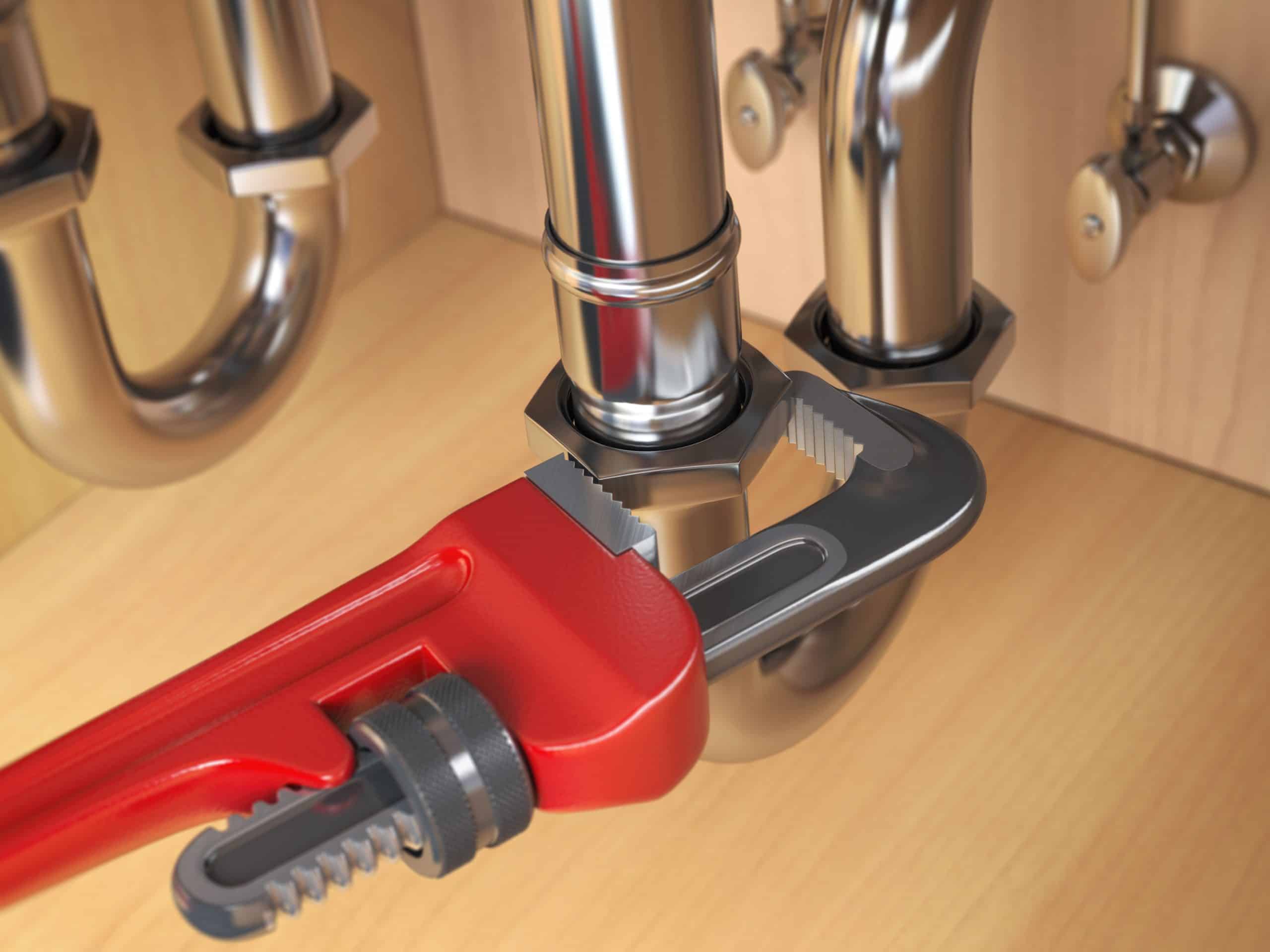How to Properly Adjust the Electronic Parking Brake on a Mercedes E-Class After Pad Replacement?

Maintaining your vehicle’s brake system is crucial to ensure your safety on the road. One task is the adjustment of the electronic parking brake, particularly after replacing the brake pads. In this guide, we specifically focus on the Mercedes E-Class, a vehicle class renowned for its advanced features and precise engineering. The process involves working with various components, including the brake rotor, shoes, adjuster, and cable.
Before you begin, remember that this process requires patience and precision. Incorrectly adjusting the parking brake can lead to brake failure, a risk you can’t afford to take. Thus, this guide aims to provide a clear step-by-step procedure to safely and effectively adjust the electronic parking brake on your Mercedes E-Class.
Also read : Can You Install an Aftermarket Adaptive Suspension System in a Lexus GS for Enhanced Comfort?
Understanding the Electronic Parking Brake Structure
Before we delve into the adjustment process, it’s essential to understand the structure of the electronic parking brake. Most Mercedes E-Class vehicles are equipped with a drum-in-hat type parking brake system. The rear rotor has a built-in drum where the parking brake shoes and adjuster are located. It is the adjuster that will be responsible for the brake tension once you activate the parking brake.
The parking brake cable is joined with the brake pedal and a vehicle member connected to the electric parking brake module. When you press the parking brake pedal, this module activates the system, pulling the cable and causing the brake shoes to press against the rotor, effectively locking the rear wheels.
Also read : Can the Use of Nitrogen in Tires Improve the Handling of a Porsche Cayman S?
Preliminary Checks Before Adjustment
Before adjusting the parking brake, ensure to carry out some preliminary checks. These checks are vital to ascertain that the vehicle’s brake system is in good condition and that any malfunctions are not due to improper adjustments.
Verify the condition of the brake pads and shoes. If they are worn out or damaged, replace them. It’s essential to also verify the state of the brake cables. Look for signs of corrosion or physical damage. If the cables are damaged, replace them before adjusting the parking brake.
Check the brake rotor’s condition as well. If the rotor is scored or warped, it will need to be machined or replaced to ensure effective braking. Also, confirm that the adjuster moves freely and is not seized. If it is seized, it will need to be replaced.
Adjusting the Electronic Parking Brake
After conducting the preliminary checks and confirming that all components are in good condition, you can proceed to adjust the parking brake.
Begin by removing the rear wheels of your Mercedes E-Class. This gives you access to the brake assembly. Following this, locate the rotor and remove it. This will expose the brake shoes and the adjuster.
Rotate the adjuster to expand the brake shoes until they touch the inside of the rotor. Reinstall the rotor and rotate it by hand. It should move freely without dragging. If it drags, slightly contract the adjuster until the rotor moves freely.
Repeat the process for the other rear wheel. Once this is done, test the parking brake to ensure it holds the vehicle effectively.
Testing the Electronic Parking Brake
Testing is an integral part of this process. After adjusting the electronic parking brake, you need to ensure that it works correctly.
Begin by starting your Mercedes E-Class and releasing the parking brake. Slowly drive the vehicle and listen for any unusual noises. Dragging sounds might indicate that the brake shoes are still in contact with the rotor, suggesting the need for further adjustment.
Test the parking brake by stepping on the brake pedal and engaging the parking brake. The vehicle should hold steady without any signs of rolling forward or backward. Disengage the parking brake and verify that the vehicle moves freely. If the vehicle doesn’t roll freely, the brake shoes might still be in contact with the rotor, and further adjustment is required.
The final step is to engage the parking brake and attempt to drive the vehicle. It should not move. If it does, you may need to repeat the adjustment process.
This guide is intended to help you properly adjust the electronic parking brake on your Mercedes E-Class. However, if you experience difficulties or are uncomfortable performing these tasks, don’t hesitate to seek assistance from an automotive professional. Remember, your safety is paramount.
Troubleshooting Common Issues with the Electronic Parking Brake
During the process of adjusting the electronic parking brake, you may come across a few issues. Understanding what these are and how to address them can make the task easier and ensure the longevity and effectiveness of your Mercedes Benz E-Class brake system.
One common issue includes the brake shoes failing to retract fully, leading to constant contact with the rotor. This contact may result in premature wear of the brake shoes and poor performance of the brake system. The root cause could be a faulty or seized adjuster. In this case, replacing the adjuster can solve the problem.
Another common issue might be the parking brake failing to engage or disengage properly. This could be due to a damaged or stretched parking brake cable. The cable adjustment in this scenario would be to replace the damaged cable.
Lastly, the parking brake pedal may fail to return to its original position after being depressed. This issue might be caused by a weak or broken return spring. You can resolve this issue by replacing the spring.
Remember that the brake system is a critical safety component of your vehicle. It’s essential not to overlook any issue, no matter how minor it may appear. If in doubt, always consult a professional.
Conclusion
Adjusting the electronic parking brake on your Mercedes E-Class is a straightforward process if done correctly and patiently. The key elements to remember are the preliminary checks, the actual adjustment process, and testing the electronic parking brake after adjustment.
In this guide, we have provided an in-depth process for each step, including troubleshooting common issues that you might encounter during the adjustment. It’s worth noting that while this guide is applicable to most models of the Mercedes E-Class, there may be slight variations in the brake system depending on the specific model and year of your vehicle.
Overall, the success of the brake adjustment process heavily relies on a thorough understanding of the electronic parking brake structure, as well as meticulous attention to the condition of the brake pads, shoes, rotor, adjuster, and cable. If at any point you are unsure or uncomfortable dealing with the brake system, seeking help from an automotive professional is the best course of action.
Remember, a properly functioning brake system is not just a vehicle requirement but a vital component for your safety and those around you. Always prioritize proper maintenance and adjustments to keep your Mercedes E-Class in top condition.
As of today’s date, the 22nd of March, 2024, this guide serves as a comprehensive reference for adjusting the electronic parking brake on any Mercedes E-Class model. Refer to it anytime you need a refresher or are in doubt about the process.
